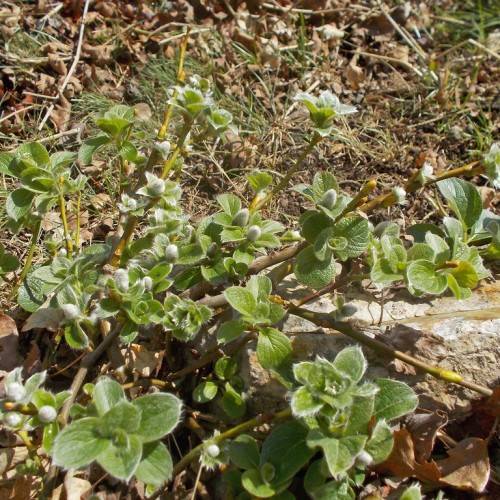
willow
Salix nakamurana var. yezoalpina
Cycle:
Perennial
Watering:
Average
Hardiness Zone:
4 - 8
Flowers:
Flowers In Spring
Sun:
Full sun,part shade
Leaf:
Yes
Growth Rate:
Low
Maintenance:
Low
Drought Tolerant:
Yes
Salt Tolerant:
Yes
watering
Willow plants should be watered deeply whenever the top 2-3 inches of soil feel dry. A general guide is to water the plant every 7-10 days. In hot weather, especially during the summer months, the plant may need to be watered every 3-5 days. Be careful not to overwater your willow as this can cause root rot and other soil-borne diseases. When watering, water slowly and deeply so that the water reaches the roots. This will encourage deep root growth. Allow the soil to dry out slightly between waterings. During the winter, water occasionally as needed.
sunlight
Willow trees (Salix nakamurana var. Yezoalpina) grow best in full to partial sun (4 to 6 hours of direct sunlight per day). This species of willow grows best in locations with temperatures above -20 Celsius. In spring and summer, they should receive full sun to promote healthy growth, while light shade is preferable during the hottest parts of the day (between 12pm-4pm). In winter, they should access to some sunlight to promote proliferation.
pruning
Willow (Salix nakamurana var. yezoalpina) pruning should be done once a year in the late winter/early spring before growth begins. When doing the pruning, you should remove any dead, diseased, or non-productive branches and shoots to encourage healthy and productive growth. Shoots that are crossing or growing at sharp angles should also be removed. In general, approximately 1/3 of the live branches should be removed in order to thin out the canopy and reduce its overall size. Additionally, you may want to selectively spring prune 1-third of the oldest willow branches back to the ground, which will stimulate the production of new growth.
Season
Hardiness Map
FAQ
How often should you water indoor plants?
Indoor plants should be watered when the soil feels dry to a depth of about two inches, usually about once a week. A helpful technique to determine your plants' watering needs is to feel the soil before and after watering to get a sense of how long it takes to dry out. An important note to remember is that some plants require less water than others, and it's best to research the specific needs of your individual plants. Likewise, if your home is very dry, you might need to water more often as the lack of moisture can stress the plants and lead to problems like brown leaves and wilted stems.
Are sunflower seeds edible?
Yes, sunflower seeds are edible and are enjoyed around the world. Sunflower seeds have a nutty flavor and can be eaten either raw or roasted. Popular forms of eating sunflower seeds include tossing them in salads, sprinkling them in stir fry dishes, using them as an ingredient in baked goods, and snacking on them as a healthy and tasty snack. Sunflower seeds are available both with and without their shells, depending on the preference of the consumer.
